The relationship between breath control and tone quality in flute playing is a subject that fascinates both performers and pedagogues. While the mechanics of sound production appear simple—air meets edge—the nuances of how breath influences timbre, projection, and emotional expression reveal profound complexities. This exploration delves beyond superficial explanations, examining how the subtle interplay between a flutist's diaphragm, embouchure, and imagination creates that elusive "golden sound" celebrated across concert halls.
At the core of flute tone production lies a paradox: the instrument requires more air than any other wind instrument, yet the most beautiful sounds often emerge from what players describe as "focused" or "efficient" airflow. Professional flutists frequently compare their breath to a painter's brushstroke—the pressure, speed, and angle all contribute to the final acoustic color. When a player inhales deeply through the corners of the mouth while maintaining relaxed shoulders, they create an air reservoir that allows for nuanced phrasing. The diaphragm then acts not as a rigid pump, but as a responsive membrane that can instantly adjust to the demands of Mozart's delicate passages or the fiery outbursts in Prokofiev.
Embouchure flexibility serves as the translator between breath and sound. The microscopic adjustments of lower lip position—rolling inward for darker tones or allowing slight forward placement for brilliant high registers—transform the air column into specific harmonics. Historical treatises by Quantz and Tromlitz meticulously documented how 18th-century players shaped their embouchures to imitate vocal qualities. Modern players extend this tradition; Emmanuel Pahud's buttery legato in French repertoire stems from allowing the airstream to "float" toward the embouchure hole's front edge, while James Galway's piercing Celtic ornaments come from directing air sharply downward.
The concept of resonance tuning reveals another layer of breath-tone interdependence. As airspeed increases for higher notes, flutists unconsciously adjust their vocal tract shape—widening the throat as if yawning for rich low C, or narrowing it for sparkling altissimo G. This physiological response, studied extensively at the University of Iowa's acoustics lab, explains why simply "blowing harder" creates shrill tones, whereas strategic breath compression yields resonant highs. The late Geoffrey Gilbert taught students to imagine their breath as mercury in a thermometer—expanding and contracting fluidly with pitch changes.
Contemporary extended techniques further demonstrate breath's expressive potential. Multiphonics require precise air pressure calibration—too little breath and the secondary pitch disappears, too much and the effect becomes a squeak. Circular breathing, mastered by virtuosos like Robert Dick, allows uninterrupted phrases by storing air in puffed cheeks while inhaling nasally. What fascinates researchers at the Amsterdam Conservatory is how these techniques alter normal breathing patterns; PET scans reveal that expert flutists develop enhanced diaphragmatic endurance comparable to Olympic swimmers.
The psychological dimension of breath often separates good players from great ones. Teachers at the Paris Conservatoire emphasize "intentional air"—visualizing the breath carrying specific emotions before it even reaches the flute. A 2023 Berlin Philharmonic study found that when players imagined their exhalation as "liquid gold," listeners consistently described the resulting tone as warmer, even in blind audio tests. This mind-body connection explains why identical airspeed and angle can produce starkly different tones depending on the player's mental focus.
Seasoned performers develop highly personalized breath strategies. Principal flutists in major orchestras often employ quicker air for Baroque articulation but add slight breath vibrato in Romantic solos—a technique Jeanne Baxtresser perfected by studying opera singers' messa di voce. Jazz artists like Hubert Laws incorporate deliberate "air sounds" by partially voicing consonants into the flute, creating hybrid tones that blur the line between breath and note. These approaches all stem from understanding that air isn't merely the sound's origin, but its sculpting tool.
New technologies are quantifying what master teachers have long sensed. High-speed cameras at London's Royal College of Music show that optimal tone occurs when the airstream strikes exactly 2-3mm inside the embouchure hole's far edge—a discovery revolutionizing beginner pedagogy. Meanwhile, carbon fiber flutes designed for asthma sufferers incorporate smaller embouchure holes requiring 30% less breath pressure, inadvertently proving that efficient air use matters more than raw lung power. As flute maker Brannen Brothers recently stated, "The best instruments don't amplify air, they economize it."
Ultimately, the pursuit of beautiful flute tone becomes a meditation on breath itself. From the controlled exhalations in Japanese shakuhachi music to the cascading air streams in Ferneyhough's avant-garde works, the flute remains humanity's most direct musical connection to the element that sustains life. Perhaps this explains why audiences instinctively lean forward during a flute cadenza—they're not just hearing notes, but witnessing the very act of breathing transformed into art.
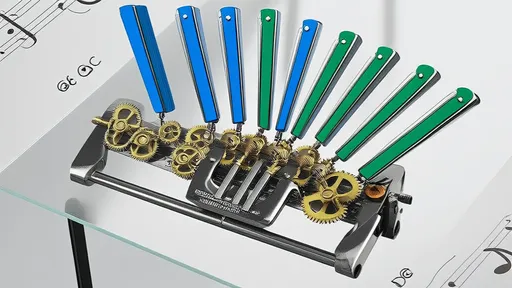
By /Jul 25, 2025
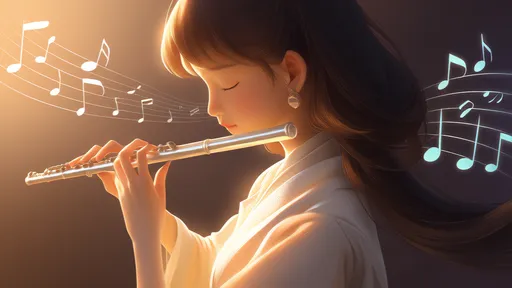
By /Jul 25, 2025
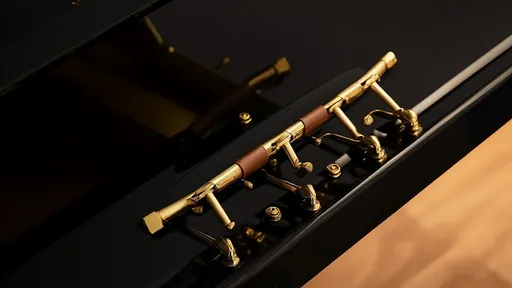
By /Jul 25, 2025
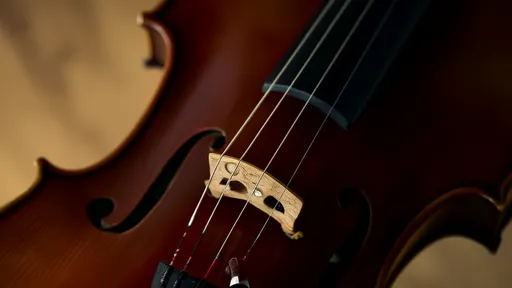
By /Jul 25, 2025

By /Jul 25, 2025

By /Jul 25, 2025

By /Jul 25, 2025
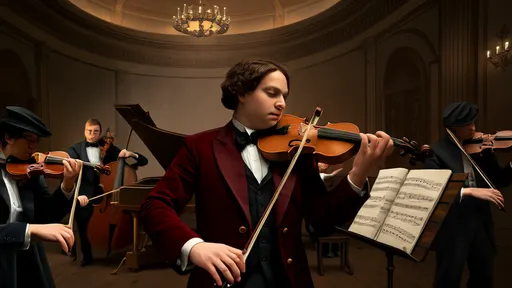
By /Jul 25, 2025
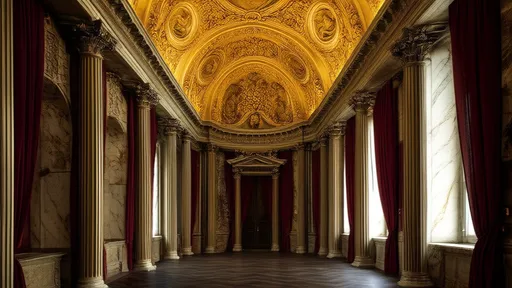
By /Jul 25, 2025
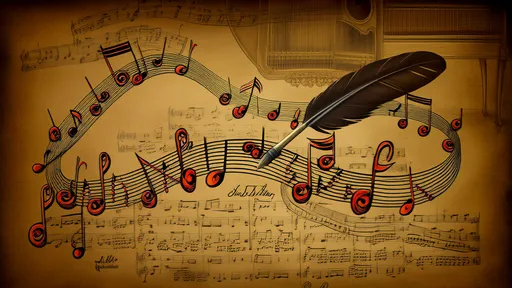
By /Jul 25, 2025
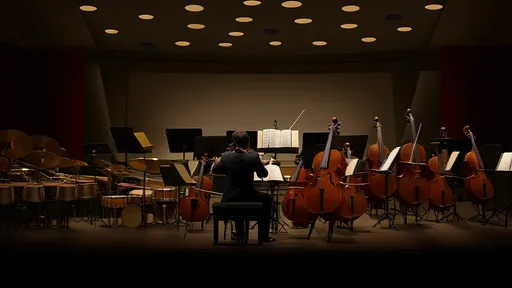
By /Jul 25, 2025
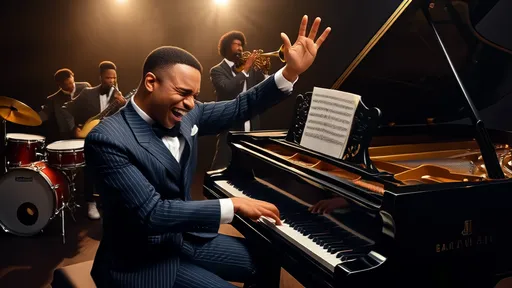
By /Jul 25, 2025

By /Jul 25, 2025
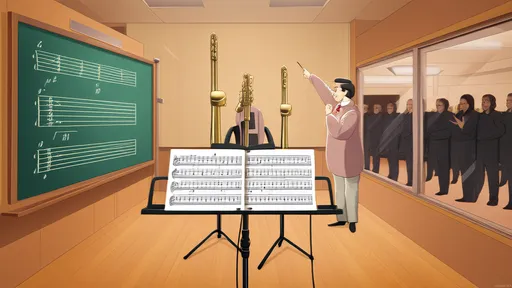
By /Jul 25, 2025

By /Jul 25, 2025
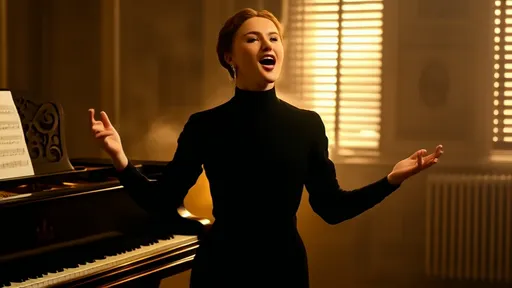
By /Jul 25, 2025
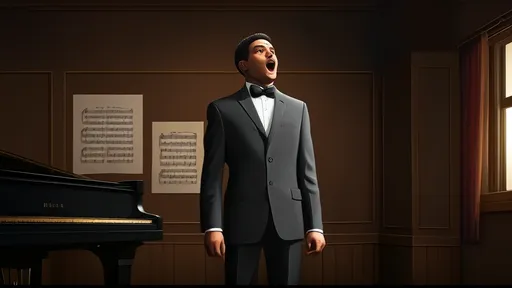
By /Jul 25, 2025

By /Jul 25, 2025

By /Jul 25, 2025
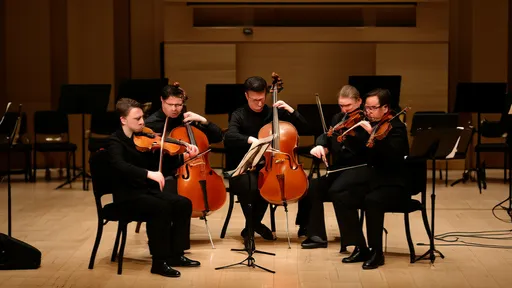
By /Jul 25, 2025